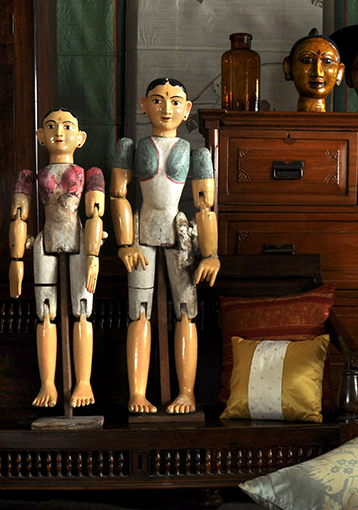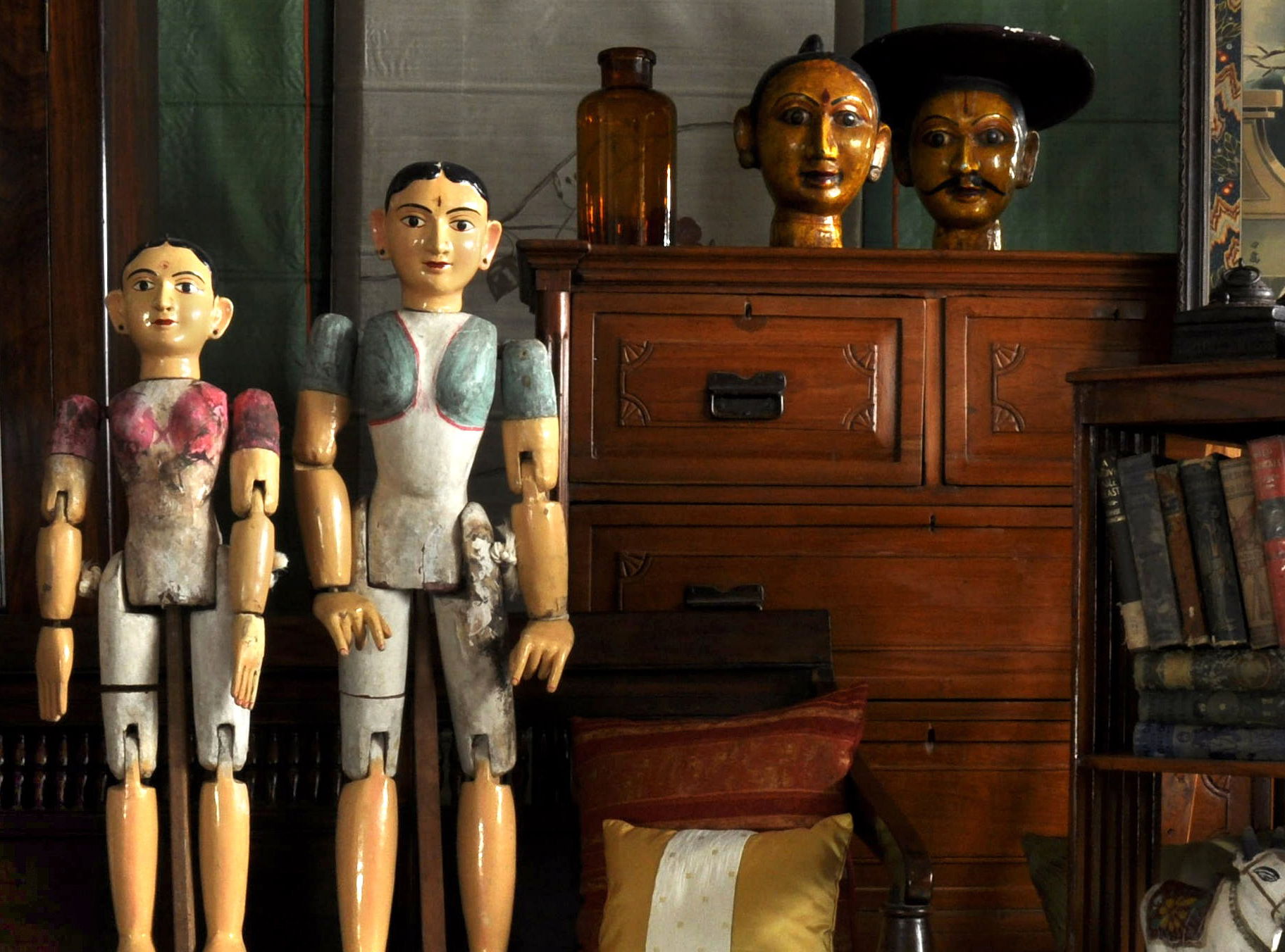- Home
- Sri Venugopala
Loading...
Sri Venugopala
by C G RamanujamAll orders are insured for transit.
This item cannot be shipped outside India.
All orders are insured for transit.
This item cannot be shipped outside India.
Details
| Medium: | Oleograph (Decorated) |
| Size: | 25.5 x 19.5 inches (Framed) |
Description
This is a dressed/embellished oleograph of Sri Venugopala (Krishna) by the artist C G Ramanujam. The oleograph depicts Krishna, the god of compassion, tenderness, and love; and one of the most popular and widely revered among Indian divinities. The Sanskrit word Venu means ‘flute’ and gopala means ‘cow protector’ and also ‘protector of the world’. On either side of Krishna are Radha and Rukmini in decorated saris, with one of them offering a garland while the other holds a lotus. Krishna holds the flute in his elegant hands and his hair is tied in the characteristic topknot and decorated with a headpiece. A cow has wrapped himself around Krishna’s legs, and is licking his left foot, and two calves gaze up at him. Above him is a tree where even the birds seem to be enchanted by Krishna’s music. This oleograph has been beautifully decorated by the original owner with fabric and sequins.
C G Ramanujam was one of the well-known artists who worked for the Ravi Varma Press. Ramanujam's portrayals of the deities and mythological subjects were heavily influenced by the Tanjore style of painting. The traditional attire, the jewellery and other elements also give a clear indication of the artist's roots in South India.
-
Description
Read MoreThis is a dressed/embellished oleograph of Sri Venugopala (Krishna) by the artist C G Ramanujam. The oleograph depicts Krishna, the god of compassion, tenderness, and love; and one of the most popular and widely revered among Indian divinities. The Sanskrit word Venu means ‘flute’ and gopala means ‘cow protector’ and also ‘protector of the world’. On either side of Krishna are Radha and Rukmini in decorated saris, with one of them offering a garland while the other holds a lotus. Krishna holds the flute in his elegant hands and his hair is tied in the characteristic topknot and decorated with a headpiece. A cow has wrapped himself around Krishna’s legs, and is licking his left foot, and two calves gaze up at him. Above him is a tree where even the birds seem to be enchanted by Krishna’s music. This oleograph has been beautifully decorated by the original owner with fabric and sequins.
C G Ramanujam was one of the well-known artists who worked for the Ravi Varma Press. Ramanujam's portrayals of the deities and mythological subjects were heavily influenced by the Tanjore style of painting. The traditional attire, the jewellery and other elements also give a clear indication of the artist's roots in South India. -
ABOUT Oleographs
Read MoreOleographs, also called chromolithographs, are multi-colour art prints, stemming from the process of lithography. Pioneered in the 1830s, the process of producing oleographs came into wide commercial use in the 1860s. The technique relied on using several woodblocks or stones with colours for printing, while hand-colouring remained an important aspect as well. Depending on the number of colours present, an oleograph could take months to produce by very skilled workers. Poor preservation and cheaper printing alternatives have made oleographs hard to find. Today, they are mainly used as fine art.
-
Details
Medium: Oleograph (Decorated) Size: 25.5 x 19.5 inches (Framed) -
Returns
We accept returns within 7 days of delivery if the item reaches you in damaged condition. -
Shipping
Shipping costs are extra, and will be calculated based on the shipping address.All orders are insured for transit.
This item cannot be shipped outside India.
This item has been added to your shopping cart.
You can continue browsing
or proceed to checkout and pay for your purchase.
This item has been added to your
shopping cart.
You can continue browsing
or proceed to checkout and pay for
your purchase.
This item has been added to your wish list.
You can continue browsing or visit your Wish List page.
Are you sure you want to delete this item from your Wish List?
Are you sure you want to delete this
item from your Wish List?


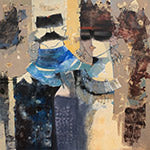
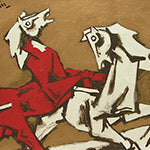
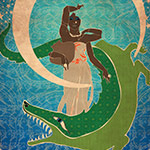
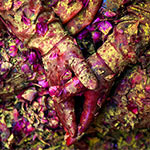
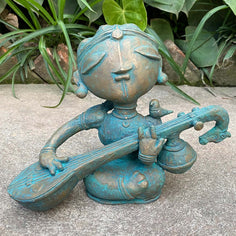
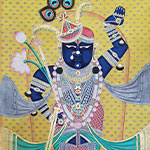
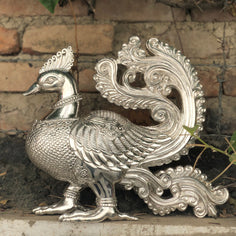




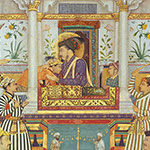
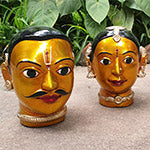

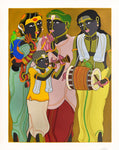

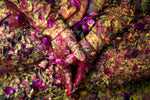

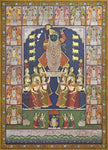
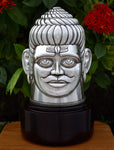



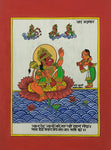
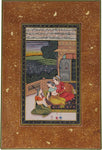
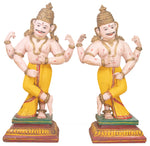
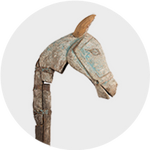
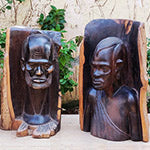
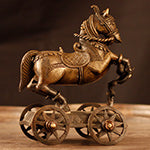

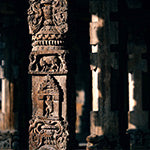
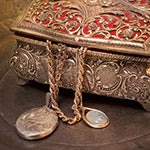
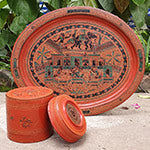
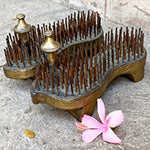
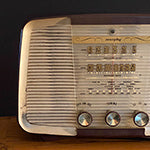
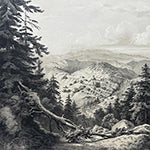

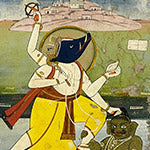
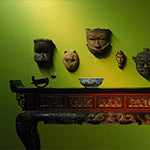
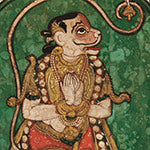

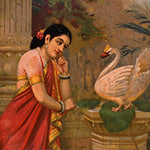

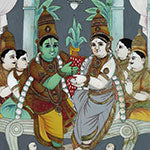
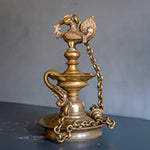
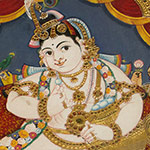
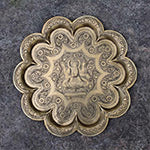
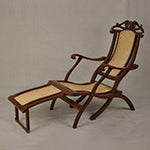
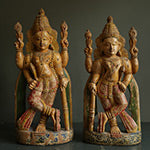


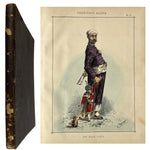

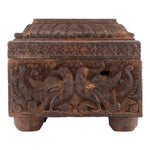
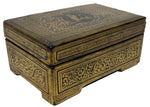
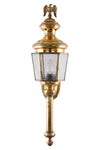

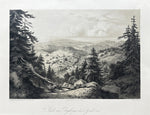


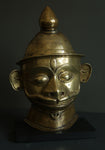
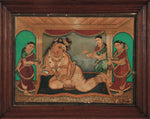
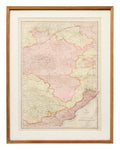
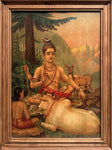

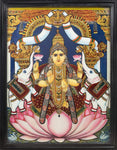

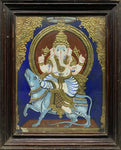
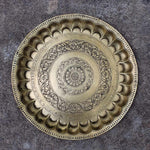
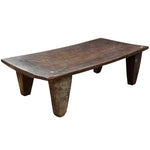
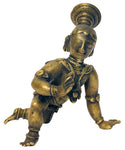


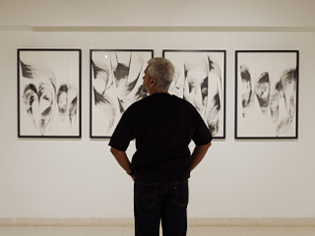







 View Full Screen
View Full Screen

